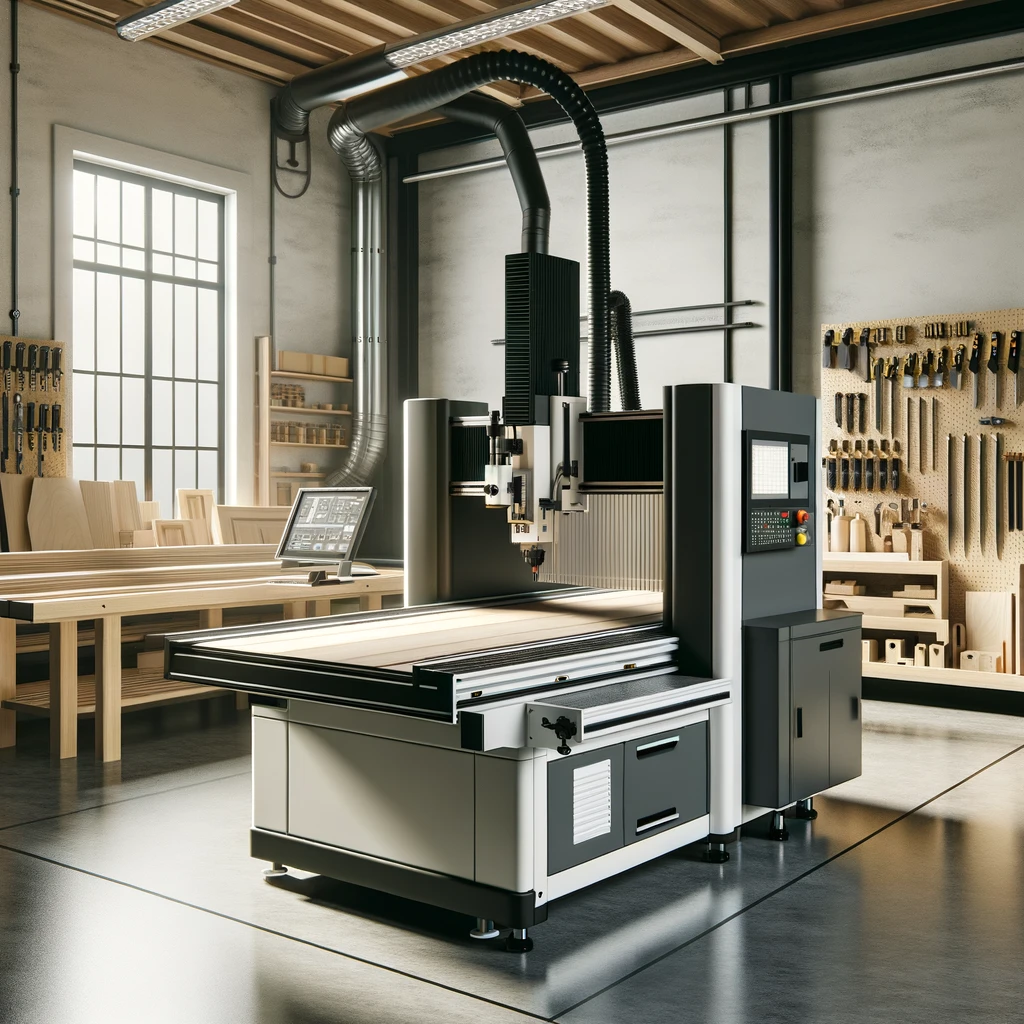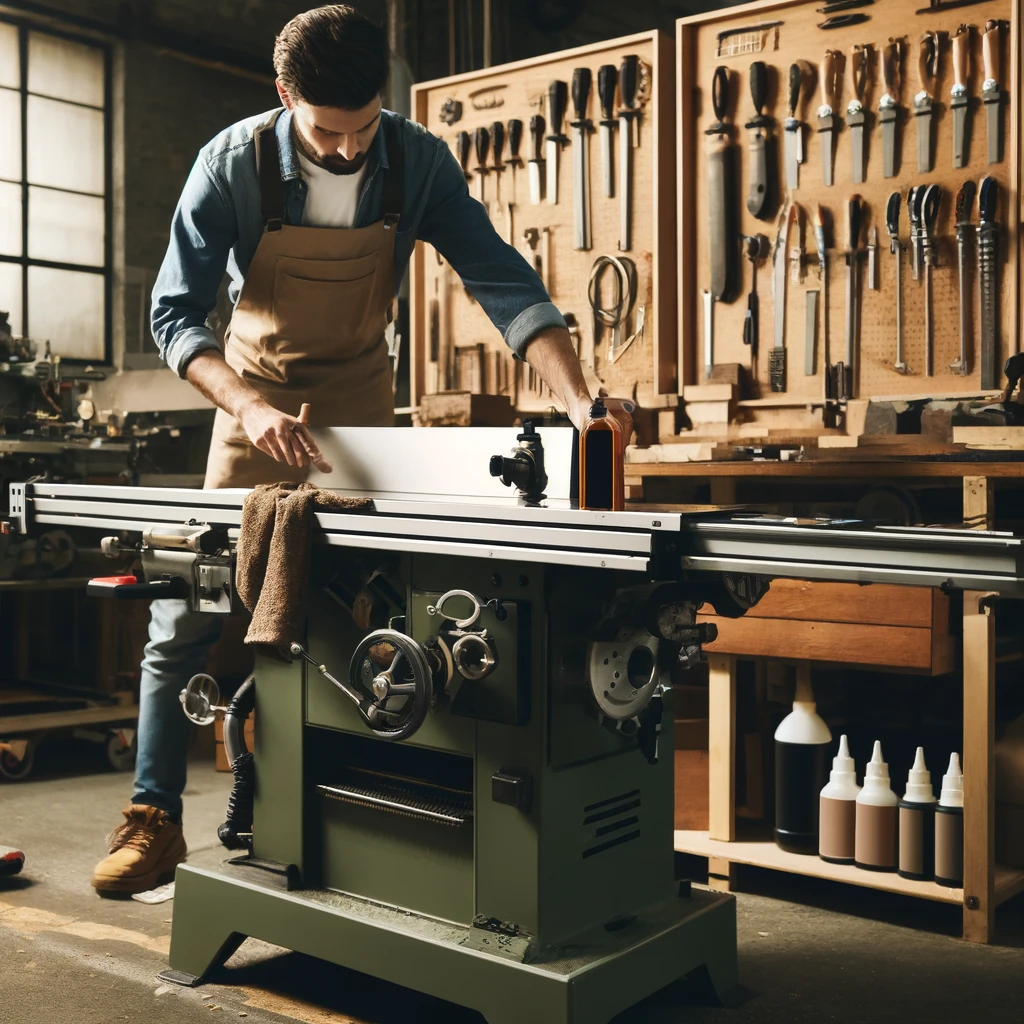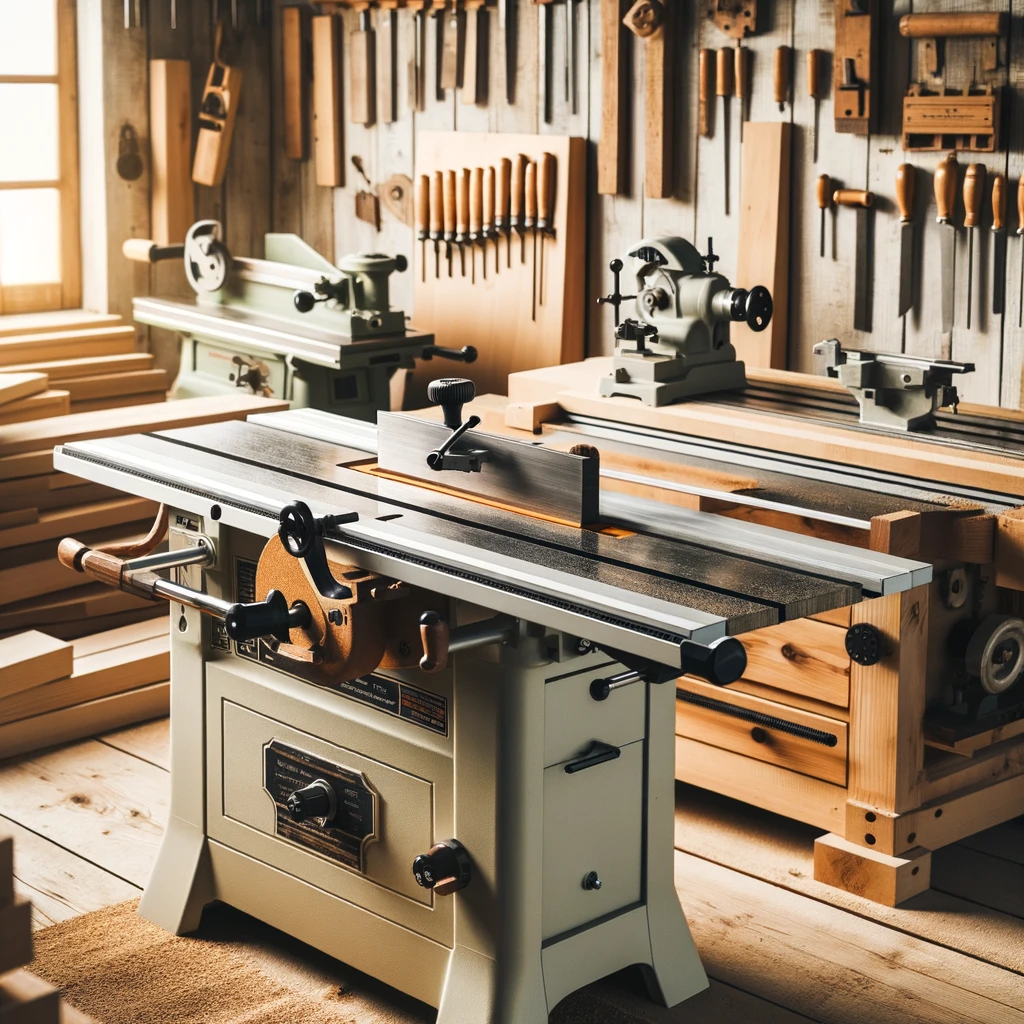Maintenance is wise
Regular maintenance of your woodworking machinery is essential to ensure optimal performance and longevity. Neglecting maintenance can lead to decreased efficiency, frequent breakdowns, and costly repairs. This comprehensive guide provides practical tips on how to care for your woodworking machines to keep them running smoothly.
Routine Cleaning
Keeping your machines clean is the first step in maintenance. Sawdust, resin, and other debris can accumulate on the machines, affecting their performance and safety. Regularly clean the machines with a brush or vacuum to remove dust and debris. Pay special attention to areas around moving parts and electrical components. For more thorough cleaning, use compressed air to blow out hard-to-reach areas.
Lubrication
Proper lubrication of moving parts is crucial to reduce friction and prevent wear. Use the recommended lubricants for each machine and follow the manufacturer’s guidelines. Lubricate bearings, gears, and other moving parts regularly to ensure smooth operation. Be careful not to over-lubricate, as excess lubricant can attract dust and debris, causing more harm than good.
Inspect and Replace Worn Parts
Periodically inspect your machines for signs of wear and damage. Check blades, belts, and other components for wear and tear. Dull blades and worn belts can lead to poor performance and increased strain on the machine. Replace any worn or damaged parts promptly to maintain efficiency and prevent further damage. Keep a stock of common replacement parts on hand to minimize downtime.
Calibration and Alignment
Proper calibration and alignment are essential for accurate cuts and efficient operation. Misaligned tools can lead to inaccurate cuts, increased material waste, and added stress on the machine. Regularly check the alignment of your saw blades, fences, and other components. Follow the manufacturer’s instructions for calibration and use precision tools to ensure accuracy.
Store Properly
Proper storage of your woodworking machines is important to protect them from dust and moisture. Store machines in a dry, dust-free environment and use covers to protect them when not in use. If you live in a humid area, consider using a dehumidifier to prevent rust and corrosion. Proper storage extends the life of your machines and keeps them in good working condition.
Follow Manufacturer’s Instructions
Always follow the manufacturer’s maintenance guidelines for your specific machines. These instructions are tailored to the unique requirements of each machine and ensure optimal performance. Regularly review the user manual and keep it handy for reference. Adhering to the manufacturer’s recommendations helps prevent avoidable issues and ensures that your machines operate as intended.
Proper maintenance of your woodworking machinery is crucial for extending its lifespan and maintaining optimal performance. By incorporating routine cleaning, lubrication, inspection, calibration, proper storage, and following manufacturer’s instructions into your maintenance routine, you can keep your machines in top condition. A well-maintained machine not only performs better but also ensures the success of your woodworking projects. Take care of your equipment, and it will take care of you.





